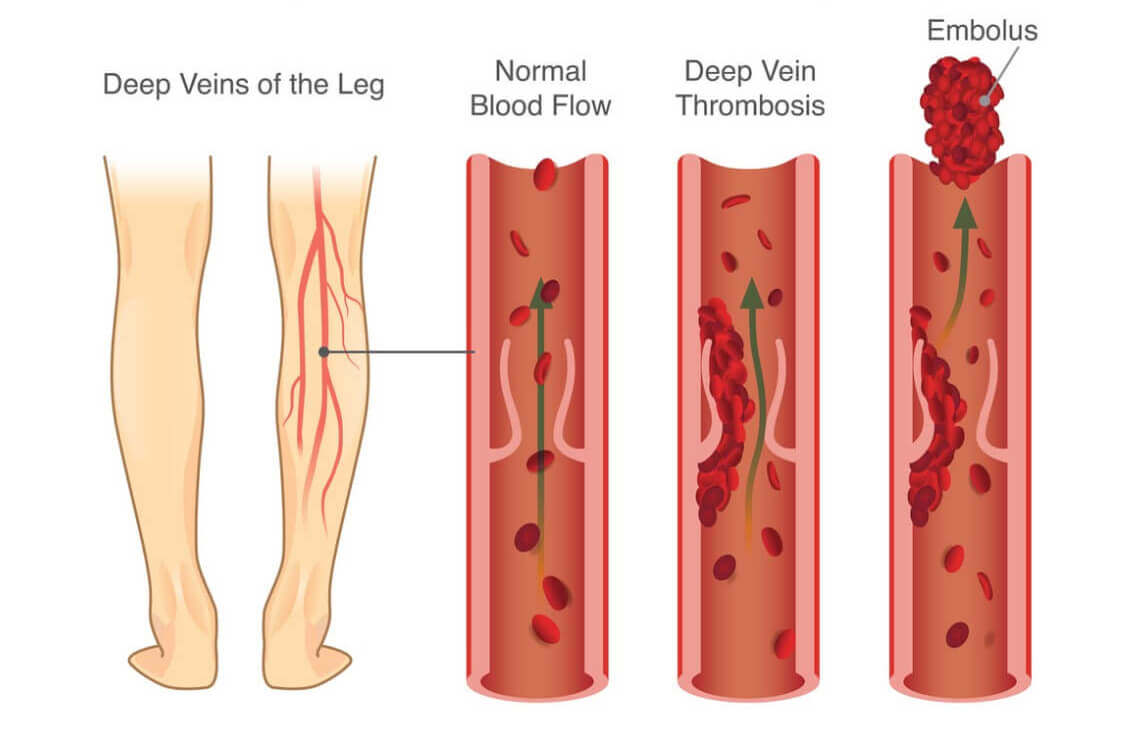

People wear compression stockings for comfort, to do better in sports, and to help prevent serious medical conditions.
Basically, they improve your blood flow. They can lessen pain and swelling in your legs. They can also lower your chances of getting deep vein thrombosis (DVT), a kind of blood clot, and other circulation problems.
They come in different sizes and strengths, so you or your doctor will need to decide which option will work best.
What Are They?
Compression stockings are specially made, snug-fitting, stretchy socks that gently squeeze your leg. Graduated compression or pressure stockings are tighter around your ankle and get looser as they move up your leg. Compression sleeves are just the tube part, without the foot.
You can buy them over the counter, but if your doctor prescribes them, your insurance may cover the cost.
You can buy them at medical supply companies, online, and in many drug stores. They can cost from around $10 to as much as $100 per pair, depending on what kind you get.
Who Uses Them?
What Do They Do?
The pressure these stockings put on your legs helps your blood vessels work better. The arteries that take oxygen-rich blood to your muscles can relax, so blood flows freely. The veins get a boost pushing blood back to your heart.
Compression stockings can keep your legs from getting tired and achy. They can also ease swelling in your feet and ankles as well as help prevent and treat spider and varicose veins. They may even stop you from feeling light-headed or dizzy when you stand up.
Because the blood keeps moving, it's harder for it to pool in your veins and make a clot. If one forms and breaks free, it can travel with your blood and get stuck somewhere dangerous, like your lungs. Clots also make it harder for blood to flow around them, and that can cause swelling, discolored skin, and other problems.
SUGGESTED
Some athletes, including runners, basketball players, and triathletes, wear compression socks and sleeves on their legs and arms. The theory is that, during activity, better blood flow will help get oxygen to their muscles, and the support will help prevent tissue damage. And afterward, the beefed-up blood and lymph circulation will help their muscles recover quickly. They won't be as sore, and they won't cramp as much.
Studies show the gear has little to no effect on athletic performance, but some people swear by it. Maybe thinking they have an edge gives them one. The evidence for faster recovery is better, but not enough to make a difference for weekend warriors.
What Kinds Are There?
Socks and sleeves come in different lengths to cover different parts of your body. For DVT, most stockings go to just below the knee, but you can get thigh-highs and tights, too.
They also have different levels of pressure, measured in mm Hg. Stockings should feel snug, but not painfully tight. Mild compression, with lower numbers, is usually enough to keep you comfortable on your feet at work. You'll need higher numbers with a firmer fit to prevent DVT.
Thrombo-embolic deterrent (TED) hose, or anti-embolism stockings, are designed for after surgery and when you need to stay in bed. If you can stand and move around, graduated compression stockings are better.
If you need the stockings for medical reasons, your doctor will measure your legs and prescribe the right ones for you.
How to Wear Them
Smooth out the stockings so they lie flat against your skin. Avoid bunching.
Make sure they aren't too long. Don't fold or roll the tops down, because that can make them too tight. It could cause blood flow problems or cut off your circulation like a tourniquet.
If your doctor told you to wear them, you'll probably want to keep them on most of the time. But you can take them off to shower or bathe. You can wear socks, slippers, and shoes over compression stockings. Check with your doctor about how often and how long you need to use them.
WebMD Medical Reference Reviewed by Carol DerSarkissian on July 08, 2019

TOP